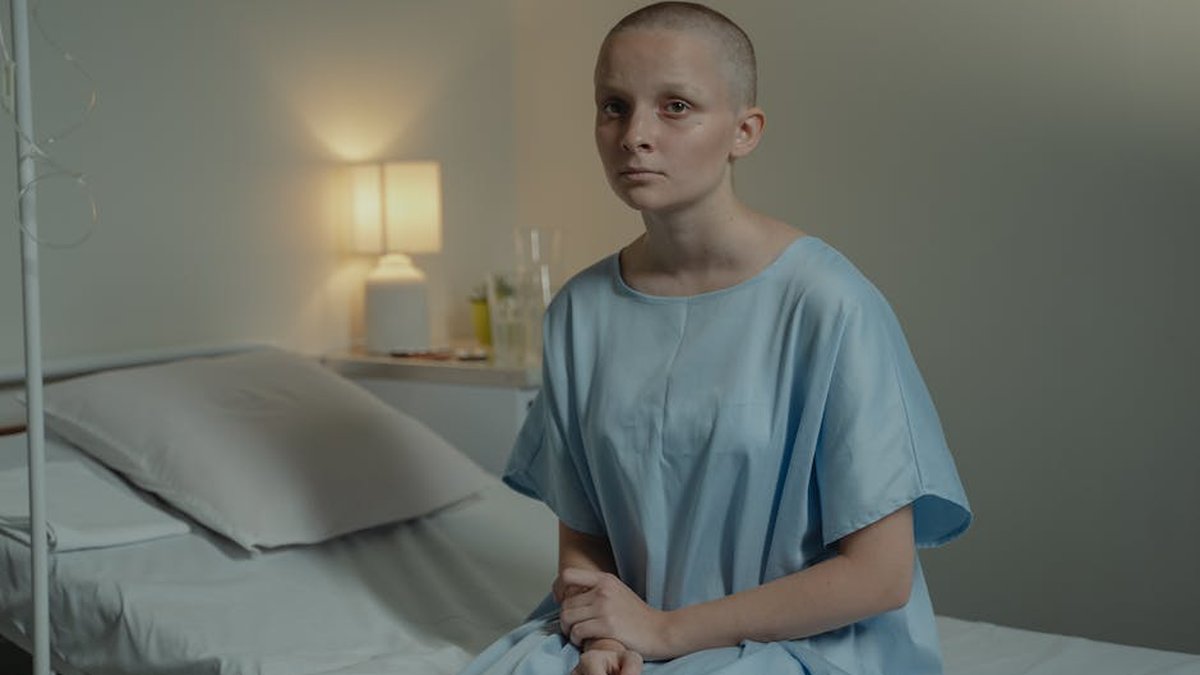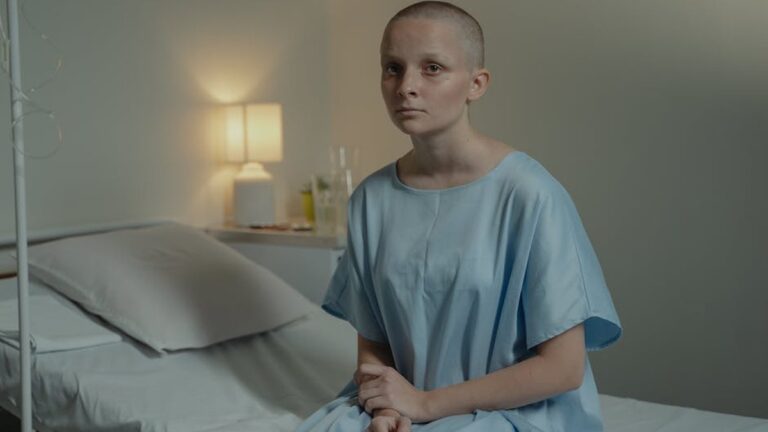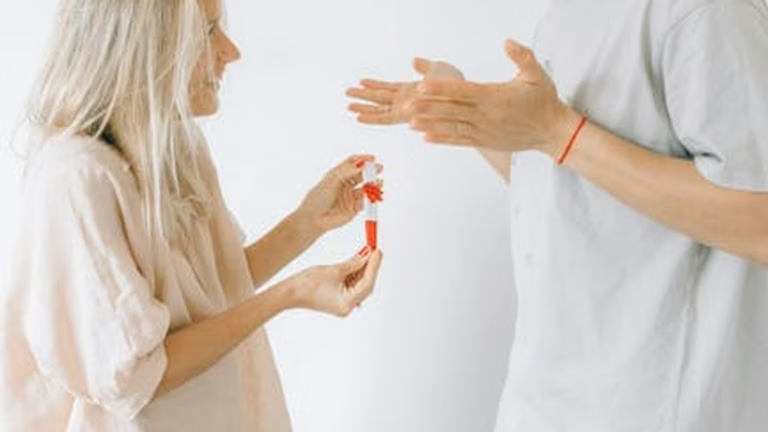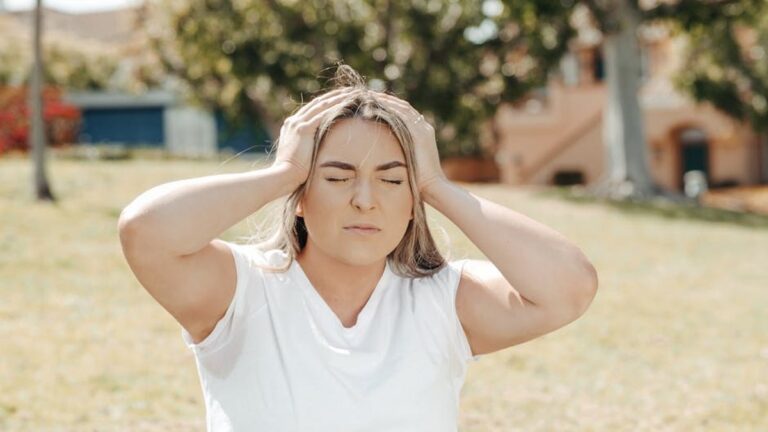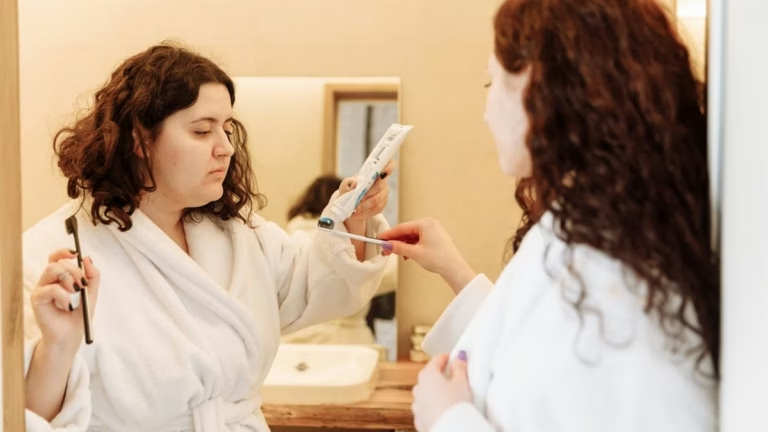Combating Seasonal Affective Disorder (SAD): Light Therapy & Effective Strategies for October 2025
As October 2025 approaches, the days are getting shorter, and the nights are growing longer. For many, this signals the onset of Seasonal Affective Disorder (SAD), a type of depression related to changes in seasons. But don’t despair! There are effective strategies, including light therapy, that can help you combat SAD and maintain a positive mood throughout the darker months.
Understanding Seasonal Affective Disorder (SAD)
SAD is more than just feeling a little down during the winter. It’s a recurring pattern of depression that typically begins in the fall or winter and subsides during the spring and summer. While the exact cause isn’t fully understood, it’s believed to be linked to reduced sunlight exposure, which can disrupt your body’s internal clock (circadian rhythm) and affect serotonin and melatonin levels – neurotransmitters that play a role in mood regulation.
Symptoms of SAD
Recognizing the symptoms of SAD is the first step toward managing it. Common symptoms include:
- Persistent sadness or low mood
- Loss of interest or pleasure in activities you once enjoyed
- Changes in appetite or weight (often craving carbohydrates)
- Fatigue and low energy
- Difficulty concentrating
- Feelings of hopelessness, worthlessness, or guilt
- Sleeping problems (oversleeping or insomnia)
- Social withdrawal
If you experience these symptoms for two weeks or more, it’s essential to consult with a healthcare professional for diagnosis and treatment recommendations.
Light Therapy: A Bright Idea for SAD
Light therapy, also known as phototherapy, is a cornerstone treatment for SAD. It involves sitting near a special light box that emits bright, artificial light that mimics natural sunlight. This light helps to regulate your circadian rhythm and boost serotonin levels, which can alleviate SAD symptoms.
How Light Therapy Works
Light boxes used for SAD therapy typically emit 10,000 lux of light and filter out harmful UV rays. The recommended treatment involves sitting near the light box for about 20-30 minutes each morning, ideally within the first hour of waking up. It’s important to position the light box so that the light enters your eyes indirectly, not directly staring at the light.
Choosing the Right Light Box
When selecting a light box, consider the following factors:
- Light Intensity: Ensure the light box emits 10,000 lux.
- UV Filtration: Look for a light box that filters out harmful UV rays.
- Size and Portability: Choose a size that fits your needs and lifestyle.
- Reviews and Certifications: Read reviews and check for certifications from reputable organizations.
Always consult with your doctor before starting light therapy, especially if you have any underlying medical conditions or are taking medications that may increase your sensitivity to light.
Other Effective Strategies for Combating SAD
While light therapy is highly effective, other strategies can complement it and further improve your mood and well-being during the fall and winter months.
Lifestyle Changes
Making positive lifestyle changes can significantly impact your mood and energy levels. Consider incorporating these habits into your daily routine:
- Regular Exercise: Aim for at least 30 minutes of moderate-intensity exercise most days of the week. Even a brisk walk can make a difference.
- Healthy Diet: Focus on eating a balanced diet rich in fruits, vegetables, whole grains, and lean protein. Limit processed foods, sugary drinks, and excessive caffeine.
- Sufficient Sleep: Prioritize getting 7-9 hours of quality sleep each night. Establish a regular sleep schedule and create a relaxing bedtime routine.
- Social Connection: Stay connected with friends and family. Schedule regular social activities and make an effort to engage with others.
- Outdoor Time: Even on cloudy days, try to spend some time outdoors. Natural light, even if it’s limited, can still be beneficial.
Cognitive Behavioral Therapy (CBT)
CBT is a type of therapy that helps you identify and change negative thought patterns and behaviors that contribute to depression. CBT for SAD focuses on challenging negative thoughts related to the winter months and developing coping strategies to manage symptoms.
Medication
In some cases, medication, such as antidepressants, may be necessary to treat SAD. Selective serotonin reuptake inhibitors (SSRIs) are often prescribed for SAD. Talk to your doctor to determine if medication is right for you.
Vitamin D Supplementation
Some studies suggest that vitamin D deficiency may be linked to SAD. Taking a vitamin D supplement may help improve your mood, especially if you have low vitamin D levels. Consult with your doctor to determine the appropriate dosage for you.
Preparing for October 2025
The key to successfully managing SAD is to be proactive. Start implementing these strategies before the symptoms of SAD begin to appear. By taking steps to prepare for the darker months, you can minimize the impact of SAD on your life and maintain a positive mood throughout the fall and winter.
As October 2025 nears, remember that you’re not alone in facing the challenges of SAD. With the right strategies, including light therapy, lifestyle changes, and professional support, you can effectively combat SAD and enjoy a fulfilling and happy winter season. Don’t hesitate to reach out to a healthcare professional for personalized guidance and support.
